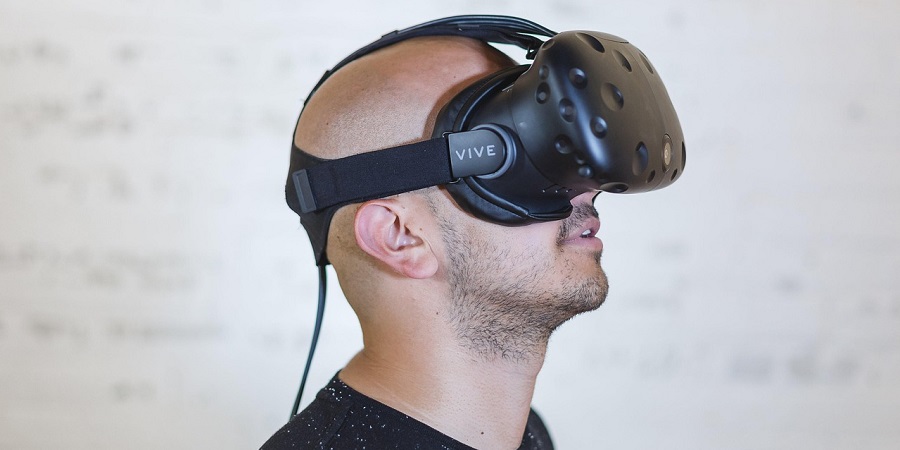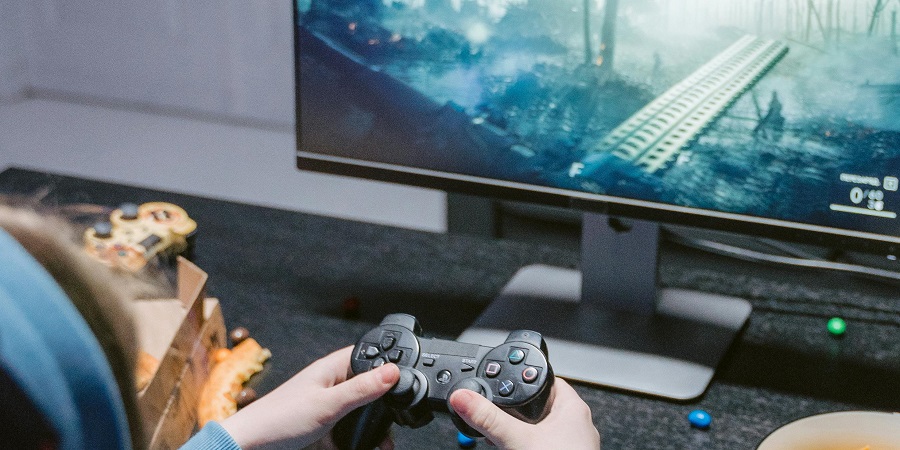In today’s fast-paced world of sports, odds are everywhere. They flash across broadcasts, are discussed on podcasts, and pop up in match previews. While betting odds are widely seen, they’re not always well understood.
Whether someone is browsing the latest sports betting news or comparing potential wagers, understanding how odds work is key to making informed decisions. This guide breaks down the basics, highlights key types of odds, and explains how odds reflect probability and value.
For fans who want to go beyond the headlines, this article offers simple, structured insights into a concept that sits at the heart of sports betting.
What Betting Odds Represent
Betting odds are more than numbers. They reflect how likely an outcome is and how much it could return for a correct pick. Odds tell a bettor three things:
- The potential payout for a successful wager,
- How the betting market views the likelihood of the outcome,
- Where value or inefficiency might exist in a line.
In most modern sportsbooks, odds are displayed in a format called moneyline odds, especially in the U.S. Positive odds (+200) show how much profit a bettor could make on a baseline amount, while negative odds (–150) show how much must be wagered to win a set amount.
These formats might look different than fractional or decimal odds used elsewhere, but the logic is the same: odds are tied to probability and payout. Understanding the relationship between probability and price is one of the first steps toward reading markets with clarity.
Types of Bets: Moneyline, Point Spread, and Over/Under
Different bet types use odds in different ways. The three most common formats each have unique traits:
- Moneyline: This is a straight-up bet on which team or athlete will win. The odds indicate who is favored and by how much. For example, if Team A is –130 and Team B is +110, Team A is the favorite and Team B is the underdog,
- Point Spread: Here, the sportsbook sets a margin of victory. Bettors choose a side based on whether they believe the favorite will win by more than the spread, or the underdog will lose by fewer points (or win outright),
- Over/Under (Total): This bet is based on the combined final score. The sportsbook sets a number, and bettors wager whether the actual total will be higher or lower.
All three formats use odds to express market opinion and potential return. Being able to quickly interpret these is essential for analyzing bets effectively.
How Probability Connects to Odds
Understanding the probability behind odds helps explain market dynamics. A sportsbook’s goal isn’t just to predict outcomes. It’s to balance betting action. That’s why odds are constantly adjusting based on injuries, weather, lineup changes, and where the money is going.
For example, if a team’s odds move from +150 to +120, that typically reflects growing market confidence or at least heavier betting volume on that side.
To calculate implied probability:
- For positive odds: 100 ÷ (odds + 100)
- For negative odds: odds ÷ (odds + 100)
So, odds of –200 imply a probability of about 66.7%. Odds of +200 imply a probability of 33.3%. These percentages help fans assess whether the odds reflect the actual likelihood of an event or whether a line might offer value based on their own analysis.
Using Odds to Spot Value
Informed bettors aren’t always looking for the favorite. They’re looking for value: the space where the market might be underestimating a team or player. This is where sports betting insights come into play.
Let’s say a bettor believes a team has a 50% chance to win, but the market has that team at +150 (implied probability of 40%). That gap could signal a value opportunity.
Of course, this doesn’t guarantee anything. Spotting differences between your own analysis and the implied probability from the odds is a basic strategy in betting.
That’s also why following sports betting news matters. Injury updates, coaching changes, or even travel schedules can shift market sentiment, and sharp bettors look for price movement that doesn’t match actual impact.
Understanding Line Movement and Market Influence
Betting odds are not static. They change based on betting volume, new information, and trader adjustments. This is known as line movement.
For example, if a popular player is ruled out late, the odds for their team may jump from –160 to –120 or even flip to underdog territory. Sharp bettors often track these changes, especially when movement happens without clear public news. This could suggest inside information or large bets from respected players.
Line movement is also impacted by what is called “public money” rather than “sharp money.” Public bets often come in on favorites or well-known teams, while sharp bets may target early-week lines before the market adjusts. Both types of movement affect how odds look on gameday.
Many bettors keep an eye on FanDuel odds to track how lines are shifting across different sports throughout the week. These movements can offer clues on where sentiment is shifting or where markets might still be inefficient.
Reading Odds Across Different Sports
Each sport has its betting quirks:
- In baseball, moneyline odds are used almost exclusively,
- In football and basketball, point spreads are king,
- Soccer betting often includes three-way markets: win, lose, or draw,
- Golf and motorsports rely more on outrights and props.
Understanding how odds apply in different contexts helps bettors adjust expectations. A +300 underdog in boxing isn’t the same as a +300 golfer in a 150-player tournament. One is facing a single opponent, the other an entire field.
That’s why sports betting predictions often focus on more than just odds. Matchups, pace, coaching decisions, and game flow all impact the likelihood of a result. Odds are just the market’s best estimate at a given time.
Mistakes to Avoid When Reading Odds
Not all betting decisions should be based on odds alone. Common mistakes include:
- Misinterpreting odds as guaranteed outcomes,
- Ignoring the context behind the number,
- Overvaluing long shots without realistic paths to success.
Just because a bet offers a big potential return doesn’t mean it’s smart. Odds are only part of the equation. Bettors who focus too heavily on payout and not enough on probability often chase bets that offer excitement but little real value.
Developing Sharper Sports Betting Strategies
Odds are at the center of every sports bet. They reflect market opinion, probability, and potential payout all in one number. That’s why learning to read them properly is so important.
Modern fans who follow sports betting insights aren’t just reacting to what’s trending. They’re looking at data, watching the market, and asking the right questions. Whether checking opening lines or tracking changes throughout the week, understanding how odds move gives fans a clear edge.
As sports betting continues to grow, knowing how to interpret odds confidently becomes just as essential as knowing the teams themselves.









